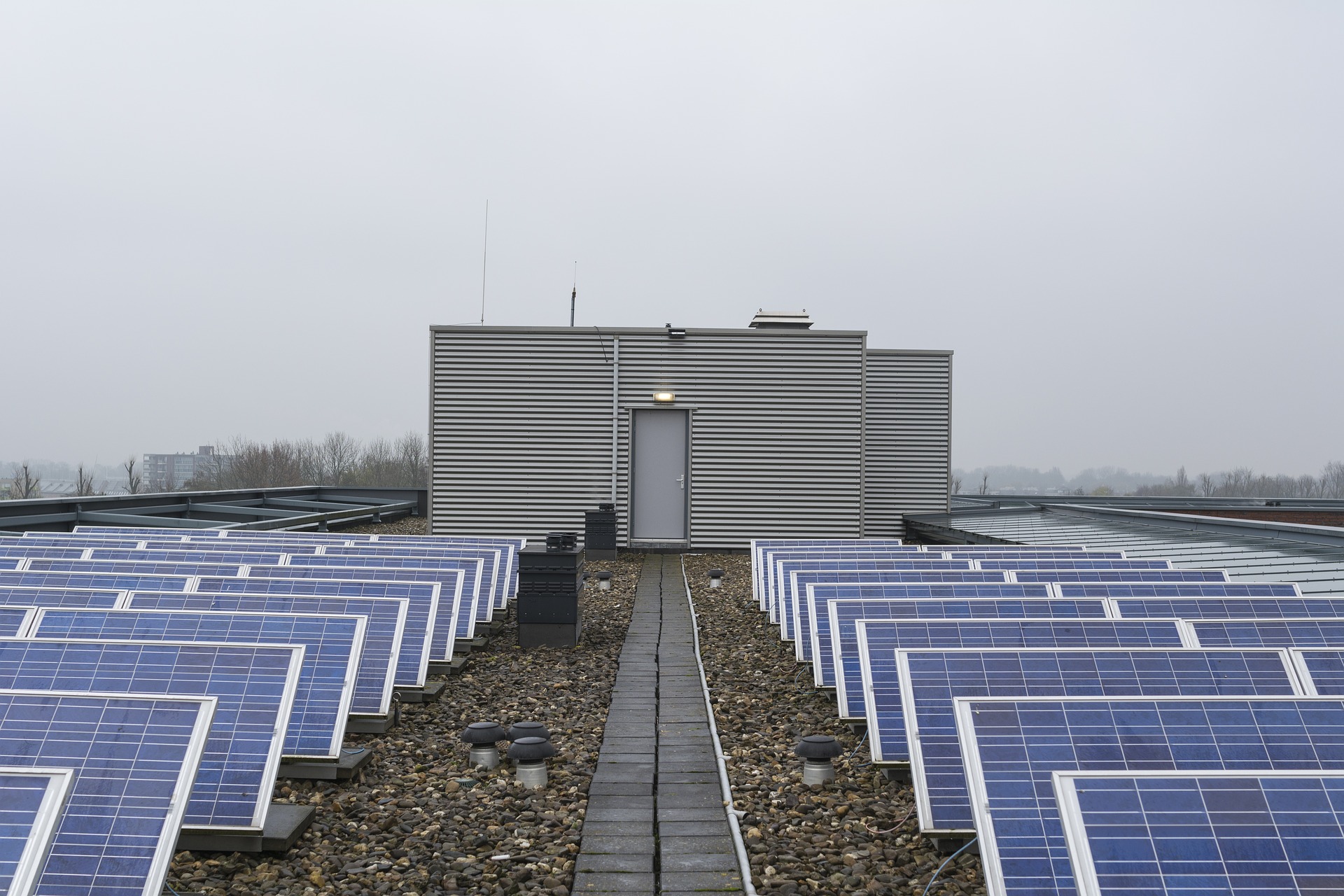Energy storage is an exciting area of innovation.
Energy storage is not a new concept, yet the technological advancements of past decade and the intermittent nature of renewable energy means that it has an increasingly important role to play, providing both grid balancing services and enabling behind the meter solutions.
The case for co-location
Co-locating large scale subsidy-free solar with energy storage has several benefits, from future proofing schemes and optimising sites, to making behind-the-meter solutions more attractive.
There are currently very few operational schemes, partly because co-locating renewable assets with storage is a relatively new concept and some of the challenges around design, construction and operation including optimisation, investment and risk management are still being worked through. However, there is a growing trend within the market for new schemes to be developed with storage, or with the option to add storage in the future.
For behind-the-meter schemes, the co-location model stacks up with the storage elements balancing out the intermittent demand of the renewable generation to provide a more reliable power source. However, for transmission projects, the current market view is that in order to build a business case which works for co-location the assets involved need to be treated as if they are separate standalone assets – the solar subsidy free generation side of the project and the storage side of the project.
One reason for slow take-up of co-located projects in this context may be that each project needs to be considered on its individual merits and the business case can get quite complex, particularly where there is a site-specific reason for co-locating, such as a specific grid connection issue or restrictions around active network management of the grid connection. In both these instances the amount of renewable technology which can be added to the grid could be heavily reduced.
In addition, while there has been some initial investment in stand-alone energy storage projects – both through debt funding and equity investment – the technology is still in its early stage. Investors are therefore looking closely at the risks associated with energy storage projects and the potential return on investment, before making any substantial commitments.
Co-locating EVCI and energy storage
While multi-technology projects which combine EVCI with multiple assets are at a nascent stage of development, energy storage has a recognised role to play in balancing and managing the increased demand EVCI will place on the energy system.
There are already some interesting examples of energy storage being deployed alongside EVCI. Currently a stand-alone proposition – where the storage provides balancing services – is more common as the multiple revenue streams means the business case stacks up and the developer can take advantage of additional grid capacity.
Developing a robust business case for co-locating EVCI and battery storage continues to be a challenge, as there is not yet a clear route for avoiding final consumption levies on electricity imported for charging the battery where that battery is co-located with the source of final demand.
It is worth noting that an area where we may see a more immediate uplift in the development of multi-technology projects is where grid capacity is limited and a behind-the-meter solution which combines solar, particularly rooftop or carport, with storage and EVCI could be beneficial.
As with any new technology, EVCI is still finding its feet in terms of funding. For many investors the
lack of secure revenue streams and unpredictable demand means that EVCI projects are high risk – both from an equity and debt point of view.
What’s next for energy storage?
The co-location of energy storage with renewable generation assets has an increasing role to play in the UK energy mix as the demand for flexibility grows. As the focus on green and sustainable led investment continues, investors both on the debt and equity side will continue to look to renewable technologies as a safe investment and are even those technologies in the nascent stages of development such as hydrogen and floating offshore wind are being closely monitored.
Risk appetite will grow as debt follows equity in testing new markets and investors position themselves to take advantage of these opportunities.
While changes to planning regulations earlier this year made it easier for renewable projects over 50MW to get approval, further government action to establish greater regulation would certainly help boost investor confidence and could significantly accelerate funding in the clean energy and storage space.
In addition, bringing forward the date for the UK’s switch to electric vehicles would also boost the market and encourage the installation of associated EVCI. Increased EV uptake would drive demand for charging and in turn make the EVCI model more attractive to investors.
Written by Kay Hobbs, partner at UK law firm TLT

Be the first to comment on "Energy storage – the benefits of co-location"